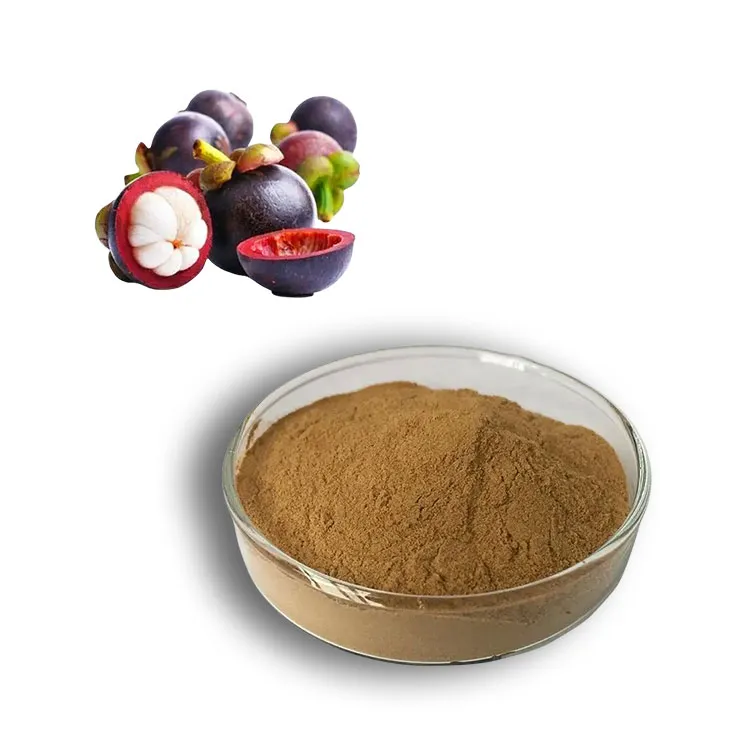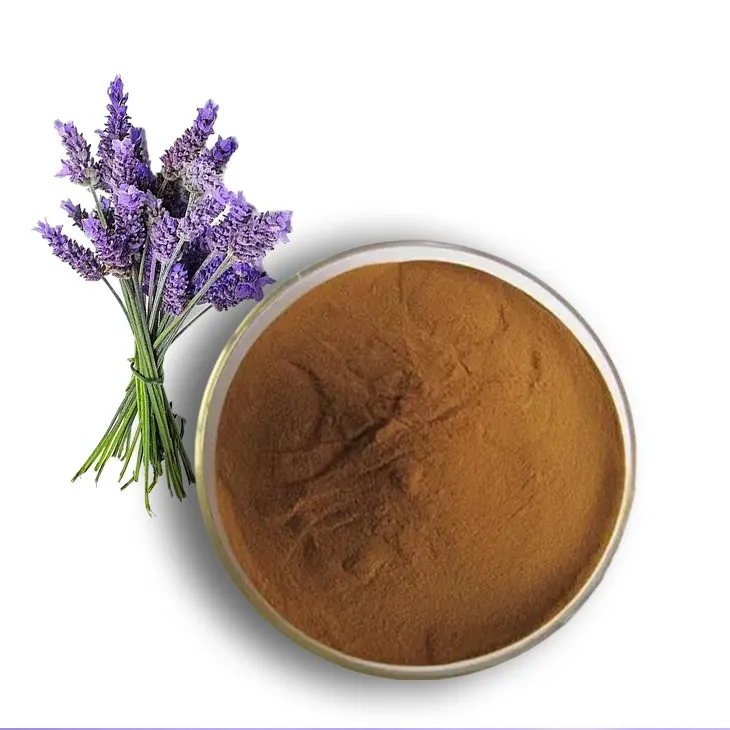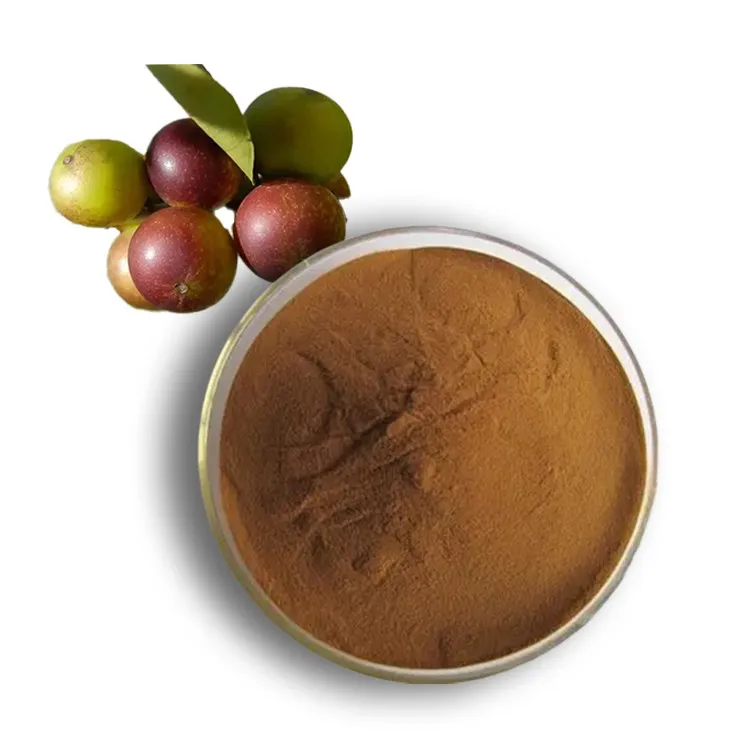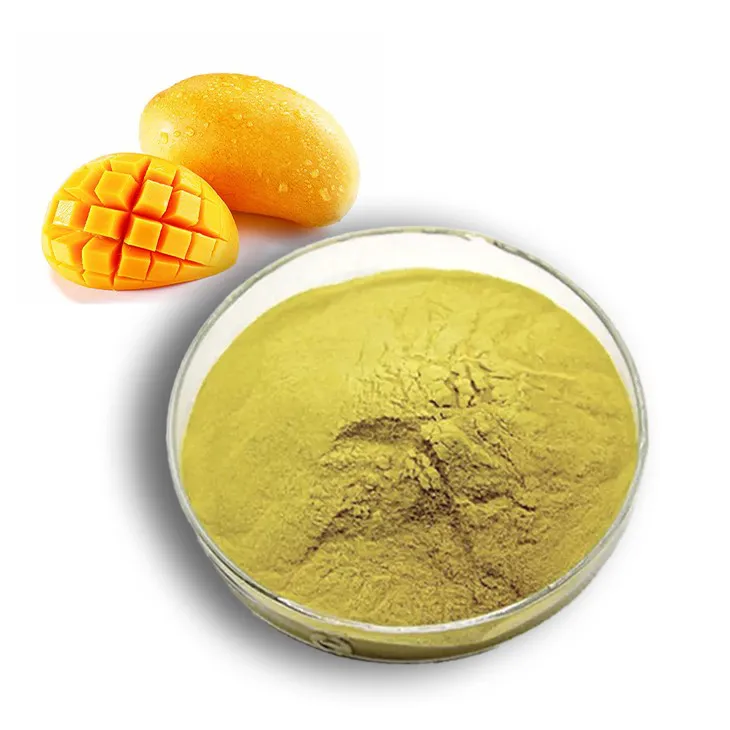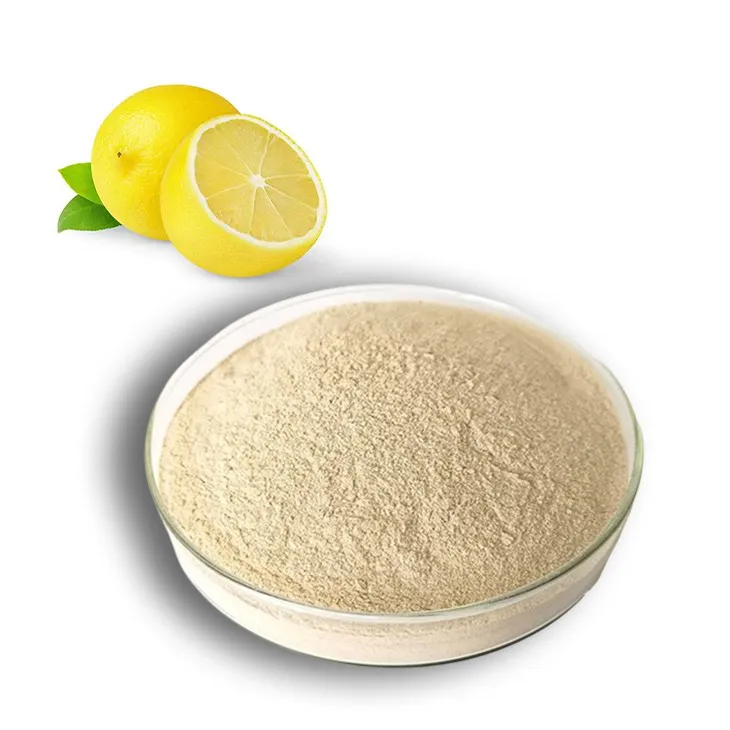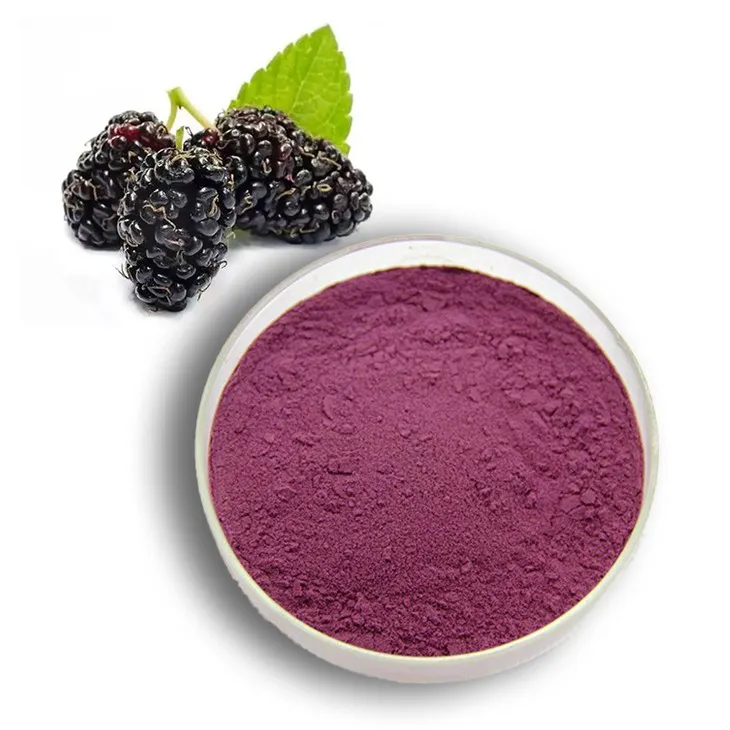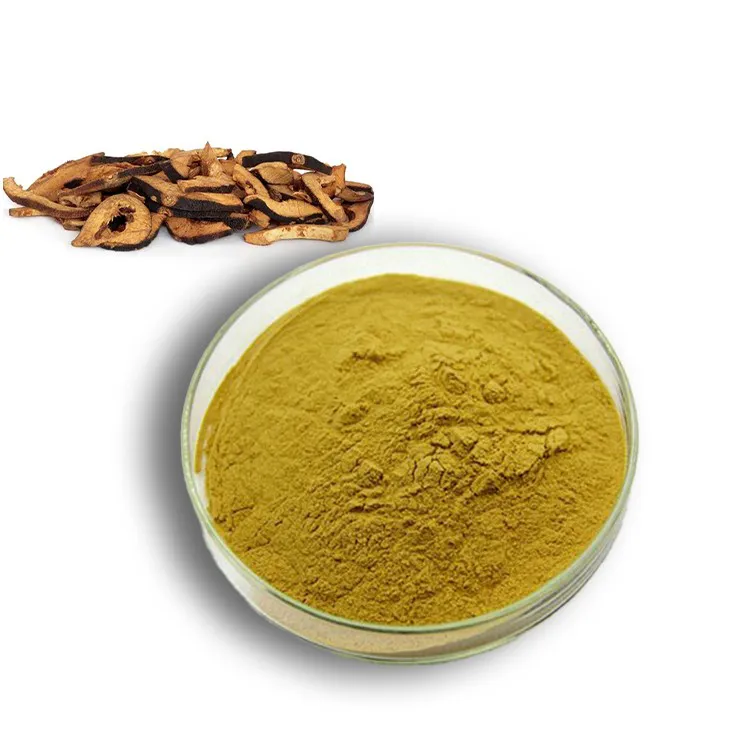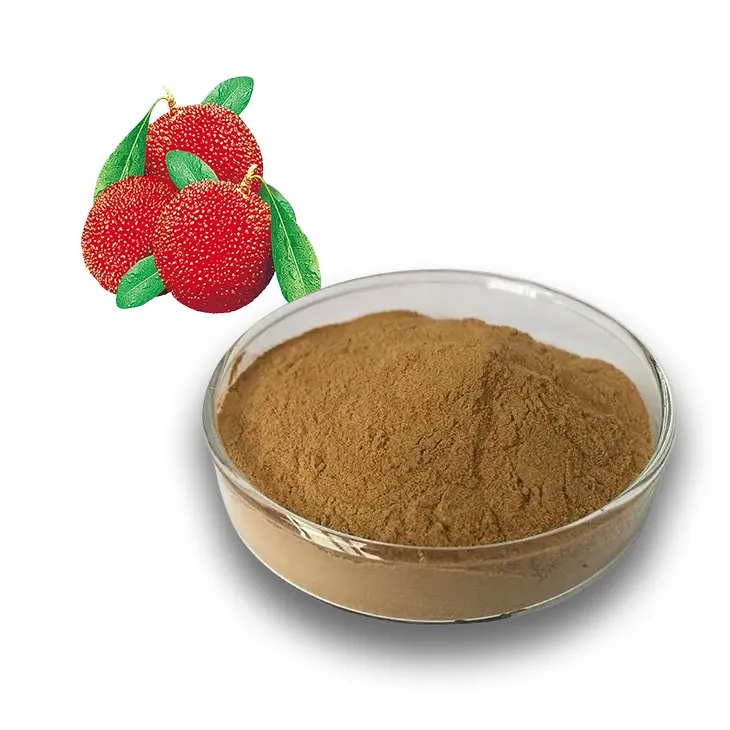- 0086-571-85302990
- sales@greenskybio.com
Preparation process of Hedyotis diffusa extract.
2024-12-10
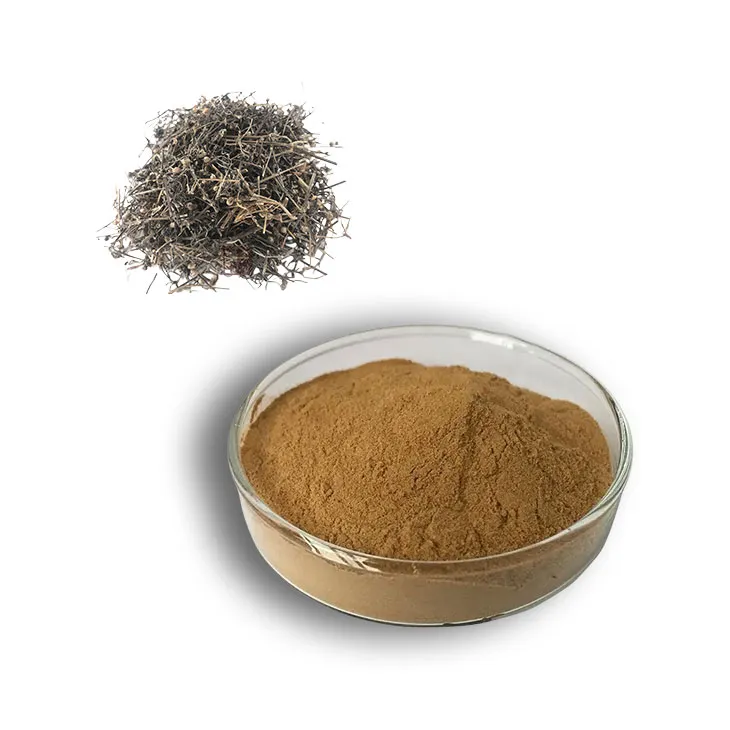
1. Introduction
Hedyotis diffusa is a well - known traditional Chinese medicinal herb. It has been widely used in traditional Chinese medicine for its various pharmacological activities, such as anti - inflammatory, anti - tumor, and antioxidant properties. The extract of Hedyotis diffusa has great potential for applications in medicine, cosmetics, and other fields. Therefore, a scientific and efficient preparation process is crucial to ensure the quality and efficacy of the extract. This article will comprehensively introduce the preparation process of Hedyotis Diffusa Extract, including raw material selection, extraction methods, purification processes, and quality control measures.
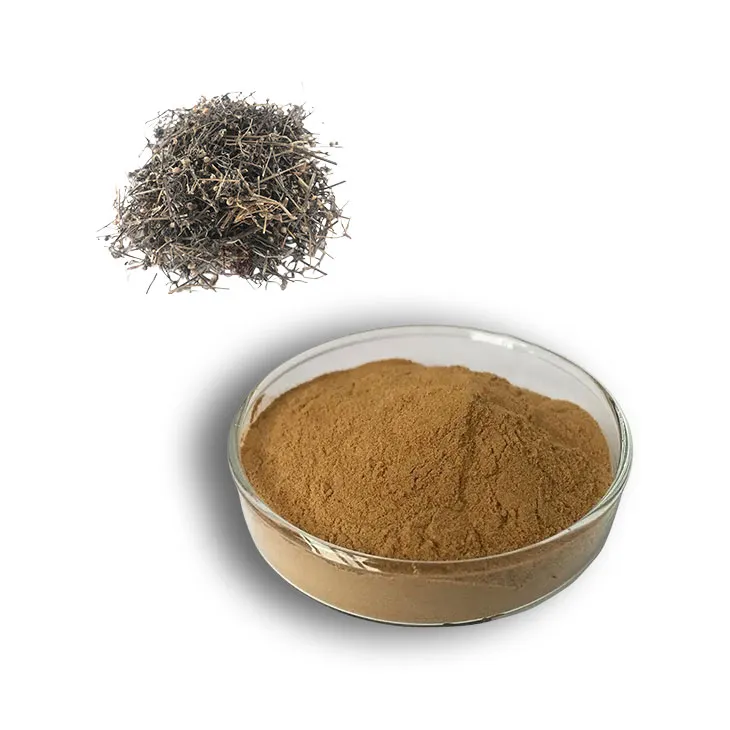
2. Raw material selection
2.1. Source identification
Accurate identification of the source of Hedyotis diffusa is the first step in raw material selection. It is necessary to ensure that the plant is indeed Hedyotis diffusa and not misidentified with other similar plants. This can be achieved through botanical identification methods, such as morphological identification (examining the shape, color, and texture of leaves, stems, and flowers) and microscopic identification (observing the characteristics of plant cells under a microscope).
2.2. Quality assessmentAfter identifying the source, the quality of Hedyotis diffusa needs to be assessed. Factors such as the growth environment, harvesting time, and storage conditions can affect the quality of the raw material.
- The growth environment should be free from pollution, such as soil pollution, water pollution, and air pollution. Hedyotis diffusa grown in a clean environment is more likely to contain higher levels of active ingredients.
- The harvesting time is also crucial. Generally, the appropriate harvesting time is when the plant has reached its optimal growth stage and contains the highest levels of active ingredients. For Hedyotis diffusa, this is usually during a certain period of its growth cycle.
- Proper storage conditions are necessary to prevent the degradation of active ingredients. The raw material should be stored in a cool, dry, and well - ventilated place to avoid mold growth and chemical reactions.
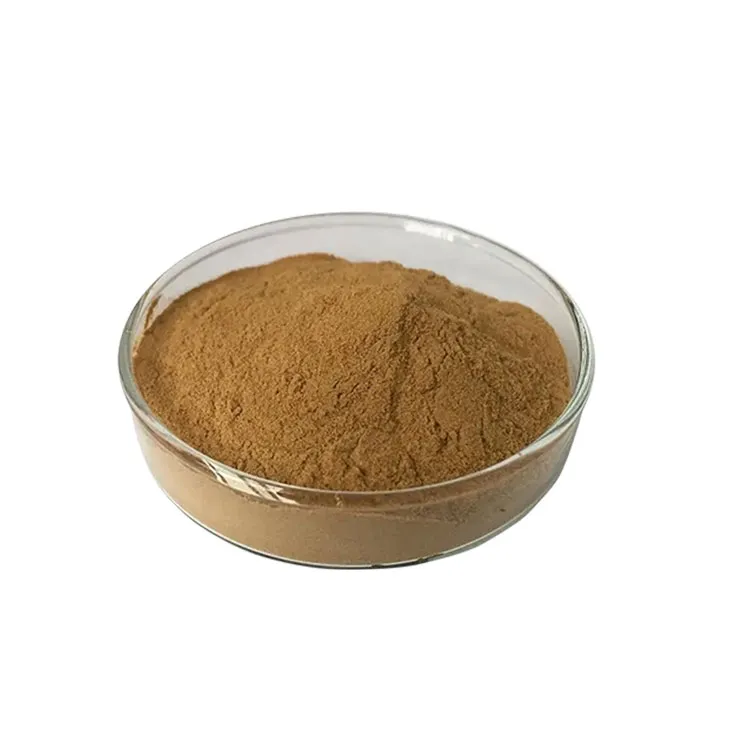
3. Extraction methods
3.1. Solvent extraction
Solvent extraction is one of the most commonly used methods for extracting Hedyotis Diffusa Extract.
- First, the selected and pre - processed Hedyotis diffusa raw material is dried and ground into a fine powder. This increases the surface area of the raw material, facilitating the extraction process.
- Then, an appropriate solvent is selected. Commonly used solvents include ethanol, methanol, and water. Ethanol is often preferred due to its good solubility for many active ingredients in Hedyotis diffusa and its relatively safe nature. The ratio of solvent to raw material needs to be determined according to the specific extraction requirements. For example, a common ratio could be 10:1 (solvent: raw material).
- The mixture of solvent and raw material is placed in an extraction device, such as a Soxhlet extractor or a reflux extraction apparatus. In a Soxhlet extractor, the solvent is continuously recycled, passing through the raw material multiple times to ensure complete extraction. In a reflux extraction apparatus, the mixture is heated under reflux conditions for a certain period of time, usually several hours to days, depending on the nature of the raw material and the desired extraction efficiency.
- After the extraction process is completed, the extract is filtered to remove solid residues, obtaining a crude extract solution.
Microwave - assisted extraction is a relatively new and efficient extraction method.
- The dried and ground Hedyotis diffusa powder is placed in a microwave - compatible extraction vessel. An appropriate solvent is added in a similar ratio as in solvent extraction.
- The extraction vessel is placed in a microwave oven. Microwave irradiation is applied at a certain power and for a certain time. The microwave energy can quickly heat the solvent and raw material mixture, which can enhance the mass transfer process and accelerate the extraction of active ingredients. For example, a power of 500 - 800 watts and an extraction time of 10 - 30 minutes may be used, depending on the sample amount and extraction requirements.
- After microwave - assisted extraction, the extract is also filtered to obtain the crude extract, similar to the solvent extraction method.
Ultrasonic - assisted extraction is another effective extraction method.
- The prepared Hedyotis diffusa powder and solvent are placed in an ultrasonic extraction device. The ultrasonic waves can cause cavitation effects in the solvent, which can break the cell walls of the plant material more effectively, releasing the active ingredients.
- The ultrasonic extraction is carried out at a certain frequency and power for a certain time. For example, an ultrasonic frequency of 20 - 50 kHz and a power of 200 - 500 watts may be used, and the extraction time can be 15 - 60 minutes.
- Finally, the extract is filtered to get the crude extract.
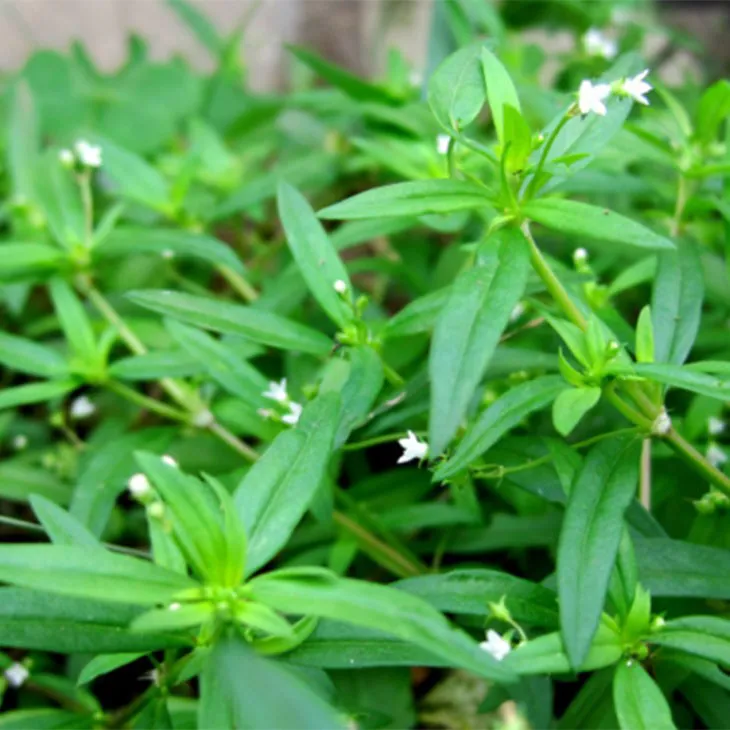
4. Purification processes
4.1. Filtration and centrifugation
After the extraction process, the crude extract obtained usually contains some impurities such as cell debris, insoluble particles, and residual solvents. Filtration and centrifugation are the first steps in the purification process.
- Filtration can be carried out using filter papers, membrane filters, or filter cartridges. Filter papers are suitable for removing larger particles, while membrane filters with different pore sizes can be used to remove finer particles. For example, a 0.45 - micrometer membrane filter can be used to remove most bacteria and small particles.
- Centrifugation is another method to separate impurities. By spinning the extract at a high speed in a centrifuge, heavier particles will sediment at the bottom of the centrifuge tube, and the supernatant can be collected as a relatively purified extract. The centrifugation speed and time can be adjusted according to the nature of the extract and the amount of impurities. For example, a centrifugation speed of 3000 - 10000 rpm and a time of 10 - 30 minutes may be used.
Column chromatography is a widely used method for further purifying the Hedyotis Diffusa Extract.
- First, a suitable chromatographic column is selected, such as a silica gel column, a C18 reverse - phase column, or a macroporous resin column. The choice of column depends on the nature of the active ingredients to be purified and the impurities to be removed.
- The crude extract is loaded onto the top of the column. Then, an appropriate mobile phase is used to elute the column. The mobile phase can be a mixture of solvents, such as a gradient of methanol - water or ethanol - water. As the mobile phase passes through the column, different components in the extract will be separated based on their different affinities for the stationary phase in the column and the mobile phase.
- The eluted fractions are collected separately. These fractions can be analyzed by various methods, such as thin - layer chromatography or high - performance liquid chromatography, to identify the fractions containing the desired active ingredients. These fractions can then be combined to obtain a more purified extract.
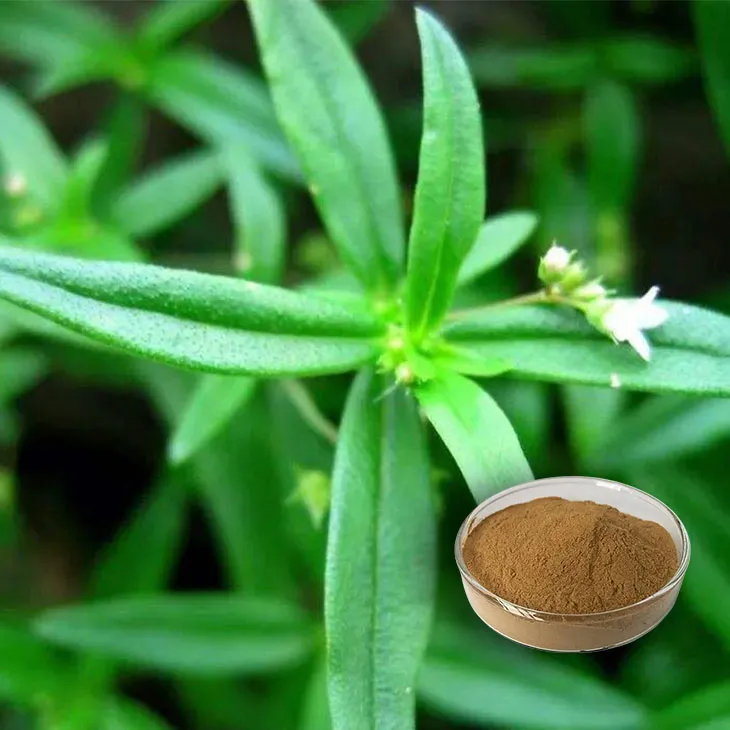
5. Quality control measures
5.1. Identification of active ingredients
It is essential to identify the active ingredients in the Hedyotis diffusa extract to ensure its quality and efficacy.
- High - performance liquid chromatography (HPLC) is a commonly used method. By comparing the retention times and peak areas of the sample with those of standard substances, the presence and content of specific active ingredients can be determined. For example, for some flavonoids and alkaloids in Hedyotis diffusa, HPLC can accurately detect and quantify them.
- Thin - layer chromatography (TLC) can also be used for preliminary identification. It is a simple and rapid method. By spotting the extract and standard substances on a TLC plate and developing it with an appropriate solvent system, the presence of certain active ingredients can be visualized by comparing the Rf values.
Accurate determination of the content of active ingredients is an important part of quality control.
- For some key active ingredients, such as certain flavonoids or phenolic acids, spectrophotometric methods can be used. By measuring the absorbance of the extract at a specific wavelength, and using a calibration curve established with standard substances, the content of the active ingredients can be calculated.
- HPLC can also be used for accurate content determination. By injecting a known amount of sample and comparing the peak areas with those of standard substances of different concentrations, the content of active ingredients can be quantified precisely.
Establishing quality standards for Hedyotis diffusa extract is necessary to ensure its uniformity and stability.
- The extract should meet certain purity requirements. For example, the content of impurities such as heavy metals, pesticides, and residual solvents should be within the specified limits. Heavy metal content can be determined by atomic absorption spectrometry, pesticide residues can be detected by gas chromatography - mass spectrometry, and residual solvents can be measured by gas chromatography.
- The extract should also have consistent pharmacological activities. This can be evaluated by in - vitro and in - vivo pharmacological experiments. For example, the anti - inflammatory activity can be measured by cell - based assays or animal models.
6. Conclusion
The preparation process of Hedyotis diffusa extract involves multiple steps, including raw material selection, extraction methods, purification processes, and quality control measures. Each step is crucial for obtaining a high - quality extract with stable efficacy. With the continuous development of technology, more efficient and environmentally friendly extraction and purification methods may be developed in the future, which will further promote the application of Hedyotis diffusa extract in medicine, cosmetics, and other fields.
FAQ:
What are the key factors in raw material selection for Hedyotis diffusa extract?
The key factors in raw material selection for Hedyotis diffusa extract include the origin of the plant. Hedyotis diffusa from regions with suitable climate and soil conditions is often preferred as it may have better quality. The growth stage of the plant also matters. Generally, plants at the appropriate growth stage are more likely to contain higher levels of active ingredients. Additionally, the purity of the raw material should be considered, avoiding contamination with other plants or substances.
How does solvent extraction work in preparing Hedyotis diffusa extract?
In solvent extraction for preparing Hedyotis diffusa extract, a suitable solvent is first selected. Common solvents may include ethanol, methanol, etc. The Hedyotis diffusa plant material is then soaked in the solvent. During this process, the active ingredients in the plant are dissolved into the solvent. After a certain period of soaking, the mixture is filtered to separate the solid plant residue from the solvent - containing the dissolved active ingredients. The solvent is then evaporated, leaving behind the extract which contains the concentrated active components.
What are the advantages of microwave - assisted extraction in the preparation of Hedyotis diffusa extract?
Microwave - assisted extraction in the preparation of Hedyotis diffusa extract has several advantages. Firstly, it can significantly reduce the extraction time compared to traditional extraction methods. This is because microwaves can rapidly heat the plant material and the solvent, enhancing the mass transfer process. Secondly, it can often improve the extraction efficiency, resulting in a higher yield of active ingredients. Additionally, microwave - assisted extraction may also be more energy - efficient in some cases.
What purification processes are commonly used for Hedyotis diffusa extract?
Common purification processes for Hedyotis diffusa extract include filtration methods such as vacuum filtration or membrane filtration. These can remove larger particles and impurities. Chromatography techniques, like column chromatography, are also often used. It can separate different components based on their different affinities to the stationary and mobile phases, allowing for the purification of the desired active ingredients from the extract.
What are the important quality control measures in the preparation of Hedyotis diffusa extract?
Important quality control measures in the preparation of Hedyotis diffusa extract include the identification and quantification of active ingredients. Analytical methods such as high - performance liquid chromatography (HPLC) can be used to determine the content of key active compounds. Contaminant detection is also crucial, for example, testing for heavy metals, pesticides, and microbial contamination to ensure the safety and quality of the extract. Additionally, standardizing the extraction and purification processes to ensure the reproducibility of the product quality.
Related literature
- Title: Studies on the Extraction and Activity of Hedyotis diffusa"
- Title: "Optimization of the Extraction Process of Hedyotis diffusa Extract for Medicinal Use"
- Title: "Purification and Quality Evaluation of Hedyotis diffusa Extract in Cosmetic Applications"
- ▶ Hesperidin
- ▶ Citrus Bioflavonoids
- ▶ Plant Extract
- ▶ lycopene
- ▶ Diosmin
- ▶ Grape seed extract
- ▶ Sea buckthorn Juice Powder
- ▶ Fruit Juice Powder
- ▶ Hops Extract
- ▶ Artichoke Extract
- ▶ Mushroom extract
- ▶ Astaxanthin
- ▶ Green Tea Extract
- ▶ Curcumin
- ▶ Horse Chestnut Extract
- ▶ Other Product
- ▶ Boswellia Serrata Extract
- ▶ Resveratrol
- ▶ Marigold Extract
- ▶ Grape Leaf Extract
- ▶ New Product
- ▶ Aminolevulinic acid
- ▶ Cranberry Extract
- ▶ Red Yeast Rice
- ▶ Red Wine Extract
-
Mangosteen extract powder
2024-12-10
-
Lavender Extract
2024-12-10
-
Camu Camu Extract
2024-12-10
-
Sea buckthorn oil
2024-12-10
-
Mango flavored powder
2024-12-10
-
Hedyotis Diffusa Extract
2024-12-10
-
Lemon Extract
2024-12-10
-
Mulberry Extract
2024-12-10
-
Citrus Aurantii Extract
2024-12-10
-
Bayberry Extract
2024-12-10











